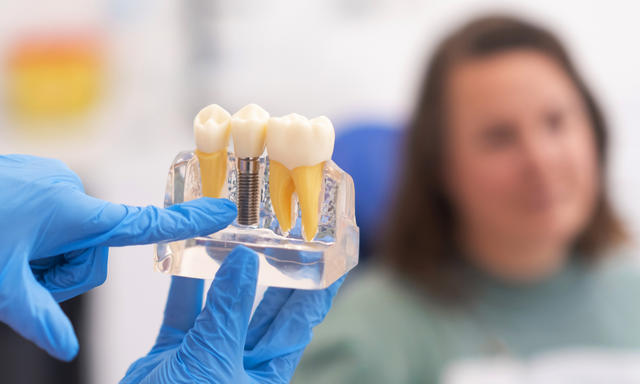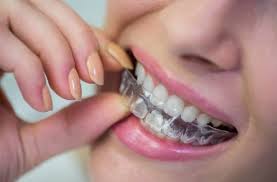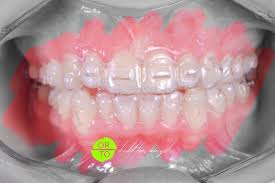Dental aesthetics refers to a range of techniques designed to enhance the appearance and functionality of teeth. These methods play a significant role in modern dentistry, aimed at making your smile more attractive and healthy. This article will explore various dental aesthetic methods, their benefits, application processes, and more.
Dental Aesthetic Methods
Dental aesthetics encompasses various methods, including the following common ones:
- Porcelain Laminate Veneers: Thin porcelain coverings bonded to the front surfaces of the teeth. These veneers correct the color, shape, and size of the teeth to achieve an aesthetically pleasing smile.
- Teeth Whitening: A method used to brighten the natural color of the teeth or remove stains. This can be achieved through chemical agents or laser technology.
- Composite Fillings: Aesthetic fillings used to restore cavities or correct tooth shape, chosen to match the color of the teeth.
- Dental Implants: Permanent solutions that use titanium screws and porcelain dental prostheses to replace missing teeth.
- Orthodontic Treatment: Methods such as braces or clear aligners used to correct and align teeth properly.
Benefits
The benefits of dental aesthetics include:
- Smile Enhancement: Improves the appearance of your teeth to achieve a more beautiful smile.
- Increased Confidence: Aesthetic improvements can boost your self-confidence and make you feel more comfortable in social interactions.
- Functional Benefits: Some aesthetic procedures, such as dental implants, can also enhance the functionality of teeth.
Drawbacks
Some potential drawbacks of dental aesthetics are:
- Cost: Certain dental aesthetic procedures can be expensive and may not be covered by insurance.
- Temporary Nature: The effects of some procedures may diminish over time or require maintenance.
- Sensitivity: Some individuals may experience temporary sensitivity, especially after procedures like teeth whitening.
Application Process
The process for dental aesthetic procedures typically includes the following steps:
- Examination and Planning: The dentist evaluates the patient’s teeth, listens to their desires, and formulates an appropriate treatment plan.
- Preparation: Necessary measurements are taken, teeth are prepared, or other treatments are initiated.
- Application: The selected aesthetic procedure is carried out (e.g., applying veneers, performing teeth whitening).
- Follow-Up and Result Assessment: After the treatment is completed, the patient’s smile is reviewed, and any necessary adjustments are made.
Conclusion
Dental aesthetics is a crucial part of modern dentistry and plays a significant role in both health and appearance for many individuals. Different methods and procedures can be offered based on each person’s needs. To achieve the best results and make the right treatment choice, it is always important to consult with an experienced dentist.









